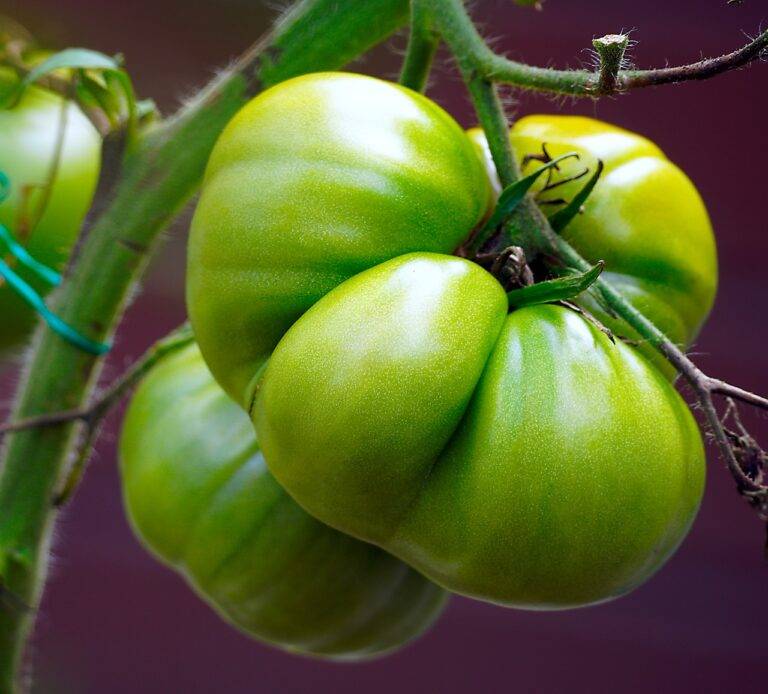The Role of Food Industry in Carbon Emission Reduction
Food production significantly contributes to carbon emissions on a global scale. The intensive agriculture practices involved in producing food release greenhouse gases into the atmosphere, primarily methane and nitrous oxide, exacerbating the issue of climate change. In addition, the transportation and processing of food products also play a role in increasing carbon emissions, further emphasizing the need for sustainable solutions in food production.
Moreover, deforestation for agricultural purposes results in the release of stored carbon in trees and soil, adding to the carbon footprint of food production. The use of chemical fertilizers and pesticides in conventional agriculture also contributes to carbon emissions through the energy-intensive manufacturing processes and the release of nitrous oxide during application. Addressing the impact of food production on carbon emissions is crucial in mitigating climate change and promoting a more sustainable future for food systems globally.
The Importance of Sustainable Agriculture Practices
Sustainable agriculture practices play a pivotal role in promoting environmental health and resilience. By employing techniques that prioritize soil health, water conservation, and biodiversity, farmers can contribute to mitigating the impacts of climate change. Through methods such as crop rotation, intercropping, and organic farming, sustainable agriculture not only ensures the long-term viability of food production but also helps in preserving natural ecosystems.
Furthermore, sustainable agriculture practices can enhance the economic viability of farming communities. By reducing reliance on costly synthetic inputs and promoting resource efficiency, farmers can improve their overall profitability. Additionally, sustainable practices like agroforestry and integrated pest management can provide farmers with diversified income streams and reduce the risks associated with mono-cropping. Ultimately, embracing sustainable agriculture is not only beneficial for the environment but also for the well-being of farmers and their communities.
The Role of Food Packaging in Carbon Emission Reduction
Food packaging plays a crucial role in reducing carbon emissions throughout the food production and distribution process. By utilizing eco-friendly materials and implementing efficient packaging designs, companies can significantly decrease their carbon footprint. Packaging that is lightweight and recyclable helps in reducing transportation emissions and overall environmental impact.
In addition to materials, the design and size of food packaging also have a direct impact on carbon emissions. Optimizing packaging sizes to minimize excess material usage and maximize space efficiency can lead to reduced emissions from transportation and storage. Furthermore, choosing packaging designs that prioritize durability and reusability can further contribute to lowering carbon emissions associated with the disposal of packaging waste.
Food packaging plays a crucial role in reducing carbon emissions throughout the food production and distribution process. By utilizing eco-friendly materials and implementing efficient packaging designs, companies can significantly decrease their carbon footprint. Packaging that is lightweight and recyclable helps in reducing transportation emissions and overall environmental impact.
• Lightweight packaging reduces transportation emissions
• Recyclable materials lower environmental impact
In addition to materials, the design and size of food packaging also have a direct impact on carbon emissions. Optimizing packaging sizes to minimize excess material usage and maximize space efficiency can lead to reduced emissions from transportation and storage. Furthermore, choosing packaging designs that prioritize durability and reusability can further contribute to lowering carbon emissions associated with the disposal of packaging waste.
• Optimize packaging sizes for efficiency
• Choose durable and reusable designs for lower emission rates
How does food production contribute to carbon emissions?
Food production contributes to carbon emissions through various stages such as cultivation, processing, transportation, and packaging.
What are sustainable agriculture practices and how do they help reduce carbon emissions?
Sustainable agriculture practices focus on preserving the environment, conserving natural resources, and reducing carbon emissions by using organic farming methods, promoting biodiversity, and minimizing chemical inputs.
How can food packaging play a role in reducing carbon emissions?
Food packaging can help reduce carbon emissions by using eco-friendly materials, optimizing packaging design to minimize waste, and utilizing energy-efficient manufacturing processes.
What are some examples of eco-friendly food packaging materials?
Examples of eco-friendly food packaging materials include biodegradable plastics, compostable packaging, recycled paperboard, and plant-based materials such as bamboo or sugarcane.
How can consumers contribute to reducing carbon emissions through food packaging?
Consumers can contribute to reducing carbon emissions through food packaging by choosing products with minimal packaging, opting for reusable or recyclable packaging options, and supporting brands that prioritize sustainable packaging practices.







